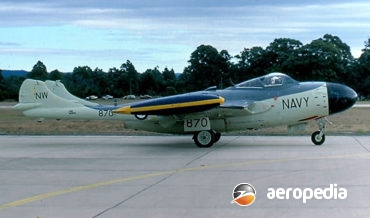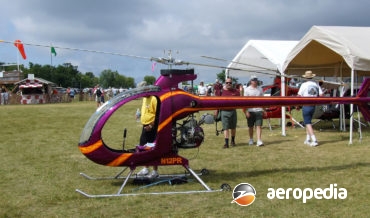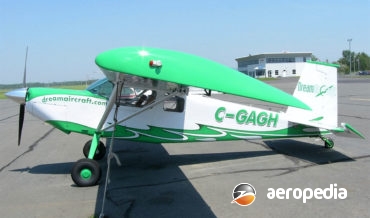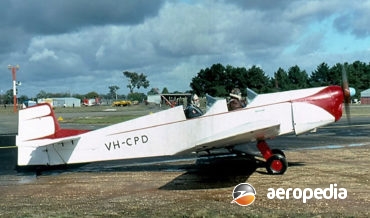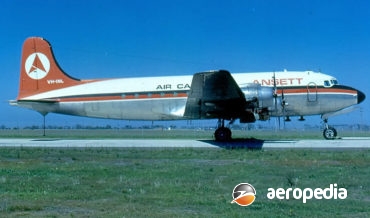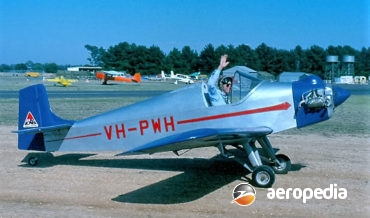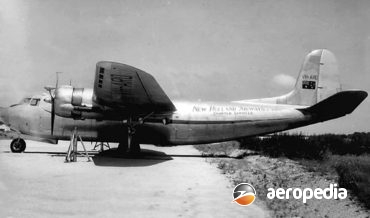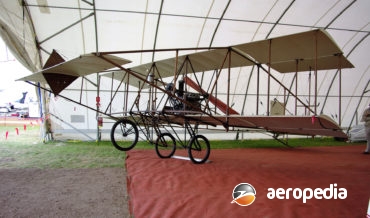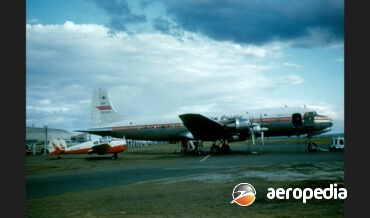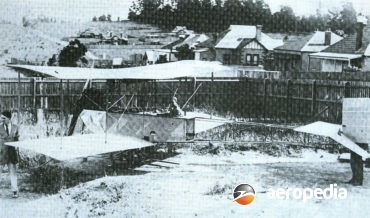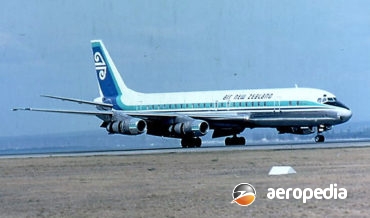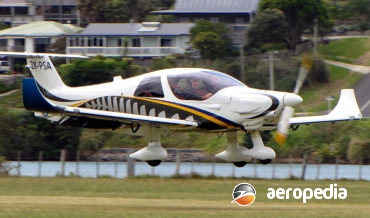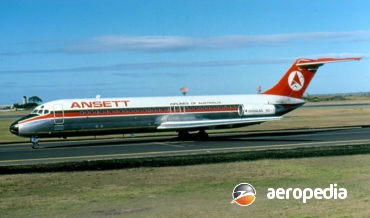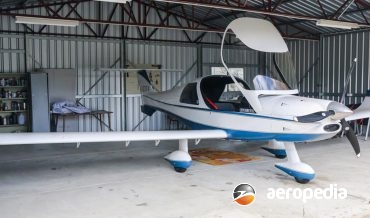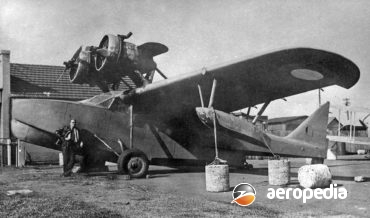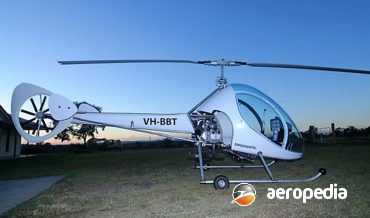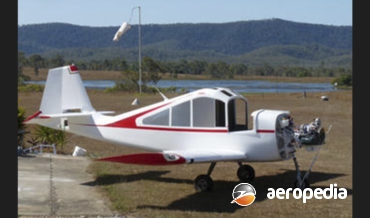All Contents
Contents
This was an ultralight aircraft produced in Australia in the early 1980s and was powered by a 429-cc 28-kw (37-hp) Cuyuna engine.
David C. Eyre
- May 25, 2020
This is a light aircraft built in New Zealand in the Keri Keri area by Allan Fillery and was a conversion of a Zenair CH-701 kit with some owner/builder modifications.
David C. Eyre
- May 25, 2020
Deutsche Flugzeug-Werke (DFW) produced the C.V during World War I, this being one of the best two-seat fighters built during that conflict.
David C. Eyre
- May 19, 2019
The DO 24 was a tri motor, high-wing all metal construction cantilever flying boat with sponsons, the latter containing much of the fuel which was fed to gravity tanks in the wings.
David C. Eyre
- May 19, 2019
The A-24 series was designed as a dive-bomber variant of the Dauntless but did not achieve the fame of that aircraft and, after a number of not particularly successful operations, was relegated to the training and support roles.
David C. Eyre
- May 19, 2019
Design of the A-26 Invader (renamed B-26 in 1948) is attributed to a team led by Ed Heinemann at the Douglas Aircraft Company’s El Segundo plant, the prototype flying for the first time on 10 July 1942.
David C. Eyre
- May 19, 2019
The Douglas XBT2D-1 was designed in the early 1940s and was first flown in prototype form (BuAer 09086) on 18 March 1945 by LaVerne Brown, the type entering service as the AD-1 in 1946 and commenced service in the Korean War with the US Navy and US Marine Corps.
David C. Eyre
- May 19, 2019
In 1934 the US Army Air Corps sought a new bomber with twice the bomb load of the Martin B-10. Douglas submitted a design to meet the specification using the basic design of the DC-2. Designs submitted were the Boeing 299, the Martin 146 and the Douglas DB-1, each
David C. Eyre
- May 19, 2019
The Dauntless was a Northrop design which originated in 1938, the company subsequently being absorbed into the Douglas Aircraft Corp, and the Northrop XBT-2 became the Douglas XSBD-1.
David C. Eyre
- May 19, 2019
In 1936 the El Segundo Division of the Douglas Aircraft Company designed a new attack bomber known as the Model 7A.
David C. Eyre
- May 19, 2019
After working with the Royal Aircraft Factory for a period, in 1914 Geoffrey de Havilland moved to the Aircraft Manufacturing Co Ltd (AIRCO) and commenced to design aircraft
David C. Eyre
- May 19, 2019
Originally designed as a land-based all-weather fighter for the RAF in competition with the Gloster Javelin, the Sea Vixen, or DH-110, was flown in prototype form (WG236) on 26 September 1951, a second aircraft (WG240) joining the test programme on 25 July 1952, both aircraft being built in the Experimental
David C. Eyre
- May 19, 2019
The DH.4 was produced in prototype form by the Aircraft Manufacturing Co of Hendon in 1916, this aircraft (3696) making its first flight in mid August 1916 at Hendon, and was unusual in having dual controls.
David C. Eyre
- May 19, 2019
In the late 1930’s the RAAF was operating a small fleet of Supermarine Seagull V biplanes for reconnaissance, air-sea rescue, and general operations and was having problems keeping the aircraft airworthy. The wings were built of metal and with operations on salt water corrosion was causing problems.
David C. Eyre
- May 19, 2019
In June 1914 Geoffrey de Havilland moved from the Royal Aircraft Factory to the Aircraft Manufacturing Co Ltd (AIRCO) and commenced design of a series of reconnaissance and scout aircraft, the first becoming the Airco DH.1, followed by the DH.2. The Airco DH.5 was designed in 1916 as a
David C. Eyre
- May 19, 2019
In 1916 Captain Geoffrey de Havilland designed the DH.9 for Aircraft Manufacturing Ltd as a successor to the DH-4.
David C. Eyre
- May 19, 2019
In 1917 the Packard Motor Company in the US commenced to produce the 298 kw (400-hp) Liberty engine and the DH.9 airframe was modified to take the new engine, becoming thew DH.9A.
David C. Eyre
- May 19, 2019
The Mosquito was probably the most versatile aircraft of World War II, being used in all roles from fighter, night fighter, long-range bomber, pathfinder, to photo-reconnaissance etc.
David C. Eyre
- May 19, 2019
The DH.100 Vampire was built as a single-seat, jet-propelled, interceptor and the prototype (LZ548/G) was flown for the first time on 20 September 1943 powered by a de Havilland Goblin turbojet.
David C. Eyre
- May 19, 2019
Following the success of the Mosquito, de Havilland prepared a new design intended to be a long-range medium-altitude single-seat fighter which could also be used as an unarmed photo-reconnaissance aircraft, or as a fighter bomber.
David C. Eyre
- May 19, 2019
The prototype of the Venom series (VV612) was flown for the first time on 2 September 1949, and subsequently it was built in two main variants, the FB Mk 1 and the FB Mk 4, some 383 and 150 examples of each model respectively being built for the RAF.
David C. Eyre
- May 19, 2019
Designed as a private venture, the de Havilland Vampire two-seat trainer was a development of the Vampire single-seat fighter-bomber. Known as the DH-115 Vampire T.11, the first of two prototypes (G-5-7 – later WW456) was flown for the first time on 15 November 1950.
David C. Eyre
- May 19, 2019
The DH.1 was, usually known as the Airco DH.1, was designed by Geoffrey de Havilland after he became the chief designer of The Aircraft Manufacturing Co (Airco). It was similar in appearance to the RAF FE.2, which he also previously designed, and was crewed by a pilot and an
David C. Eyre
- May 19, 2019
Flight testing conducted in 1947 with a de Havilland Vampire powered by a Ghost engine in place of the Goblin led to design refinements by de Havilland.
David C. Eyre
- May 19, 2019
The Dragon Fly was designed in 1985 in Italy by two archeologists, Angelo and Alfredo Castiglioni, as a two-seat light helicopter to meet a requirement they had for a survey platform or research work.
David C. Eyre
- May 8, 2019
The Tundra is a STOL utility aircraft of all-metal construction, the constructor of the kit aircraft being based in Quebec, Canada.
David C. Eyre
- May 8, 2019
The Druine D-5 Turbi was designed by the late Roger Druine in France as a two-seat development of the very successful Turbulent single-seat, light aircraft.
David C. Eyre
- May 8, 2019
In 1939 the Douglas Aircraft Company decided to design and build a new four-engine airliner with an un-pressurised fuselage, providing accommodation for 42 passengers, and a range which was sufficient to permit US transcontinental performance, powered by the Pratt & Whitney R-2000 radial engine.
David C. Eyre
- May 8, 2019
The D-31 Turbulent was designed in France by the late Roger Druine as a single-seat, low-wing monoplane which would be simple to construct by an amateur.
David C. Eyre
- May 8, 2019
The DC-5 was designed by Ed Heineman (who later designed the A-4 Skyhawk) and built at the El Segundo Division of the Douglas Aircraft Co at Inglewood, California to meet airline requirements for a 16 – 22 seat twin-engine airliner.
David C. Eyre
- May 8, 2019
The Duigan biplane was designed and built by John and Reginald Duigan on a farm 128 km (80 miles) from Melbourne, and was the first aircraft to be designed and built in Australia.
David C. Eyre
- May 8, 2019
The DC-6 series has been considered by many to be the finest piston-engined transport produced.
David C. Eyre
- May 8, 2019
In 1911 John Duigan, whilst in England, ordered an Avro aircraft known as the Avro Type D fitted with a 37-kw (50-hp) Alvaston engine, and in it he gained his Royal Aero Club certificate No 211 at Brooklands in April 1912.
David C. Eyre
- May 8, 2019
In an attempt to maintain its competitive position as a supplier of transport aircraft to the world’s airlines, Douglas Aircraft Company commenced the design of a jet powered aircraft to replace the DC-7 series.
David C. Eyre
- May 8, 2019
The MCR-4 series was designed and is marketed in France by Societe Dyn’Aero of Darois and was initially produced in two versions, the MCR01 ULC, being an ultra light which has a max all-up weight of 450-kg (992-lb) so may be registered under ultra-light rules;
David C. Eyre
- May 8, 2019
In April 1963 the Douglas Aircraft Company proceeded with the design and development of a new airliner known as the Douglas Model 2086, at that time having no firm orders.
David C. Eyre
- May 8, 2019
The Dyn Aero MCR Ute Pickup was designed and put into production in France as a two-seat cabin monoplane, being a development of a four-seat variant with the rear seats removed to permit the carriage of more cargo.
David C. Eyre
- May 8, 2019
The Dolphin was designed by the Douglas Aircraft Co to meet the requirements of civil operators for a twin-engine flying boat, and the prototype, initially known as the Sinbad, flew for the first time at Santa Monica Bay, California, in July 1930.
David C. Eyre
- May 8, 2019
Dynali was formed in the early 1980s, the company being formed by Jacques Tonet in Belgium as Dynali, later becoming Dynali Helicopters.
David C. Eyre
- May 8, 2019
This was a machine designed and built in Australia. It is a low-wing sporting monoplane developed in Queensland using the fuselage basically of the Foxcon Terrier 100, which has been developed and produced at Mackay and provided in kit form, lengthening it, making some other changes to meet the needs
David C. Eyre
- May 8, 2019
Recent Comments
Archives
Categories
- No categories
Categories
- No categories
Latest Posts
Newsletter

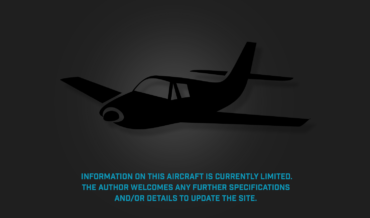
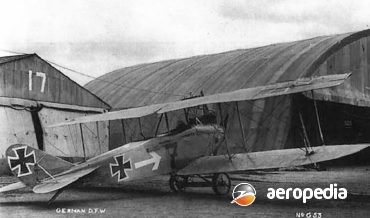
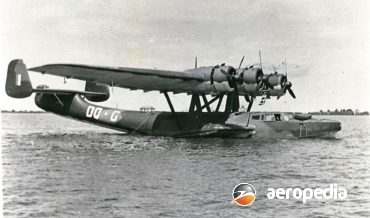
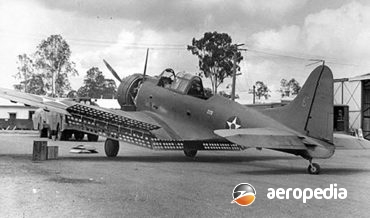
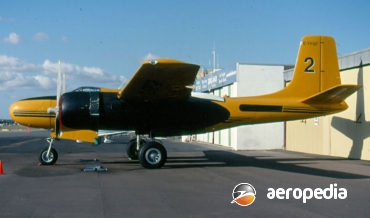
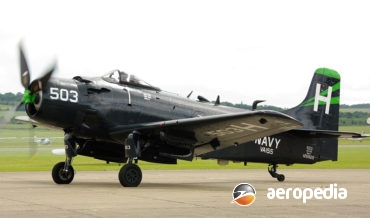
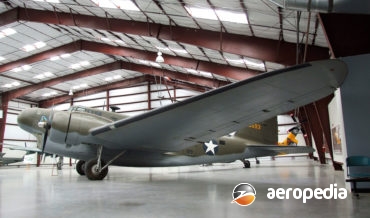
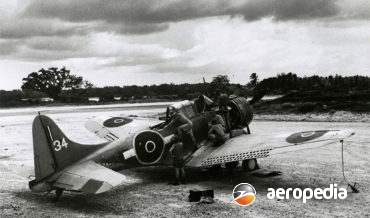
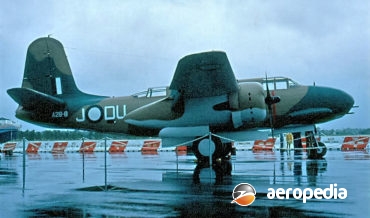
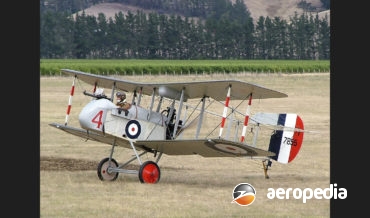
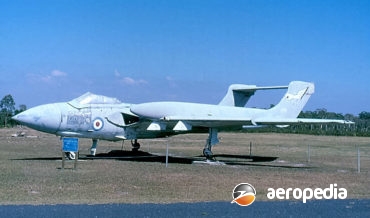
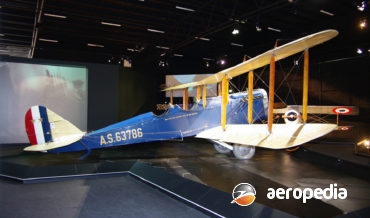
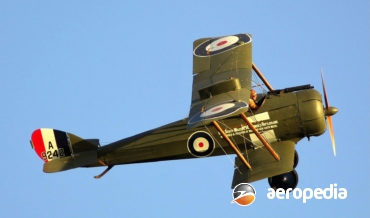
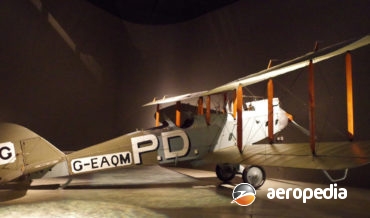
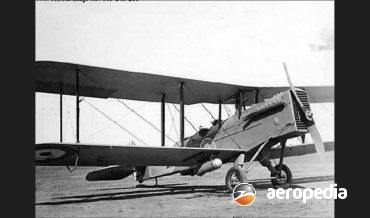
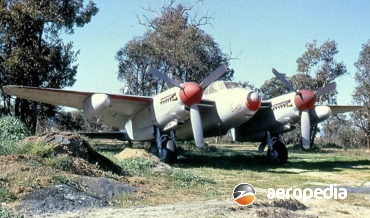
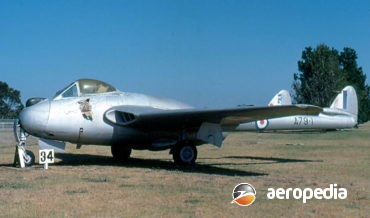
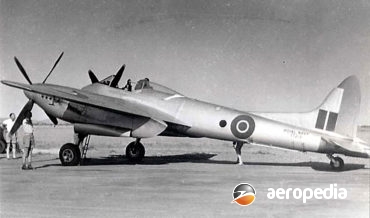
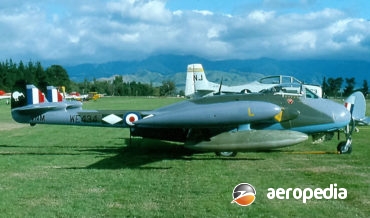
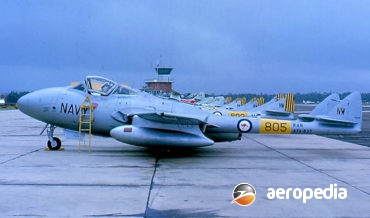
![DE HAVILLAND [AIRCO] DH.1](https://aeropedia.com.au/wp-content/uploads/2019/05/de-Havilland-Airco-DH.1-Aeropedia-The-Encyclopedia-of-Aircraft-Australia-New-Zealand-370x218.jpg?v=1593221059)
